Ricerca
La società promuove linee di ricerca teoriche e applicative nella convergenza disciplinare tra psicologia, neuropsichiatria, psicoterapia e studi sul cinema e sui media audiovisivi. La Società progetta, inoltre, interventi terapeutici individualizzati, collettivi e partecipativi nella cornice di una medicina narrativa basata sul medium audiovisivo.
Scopri ↓
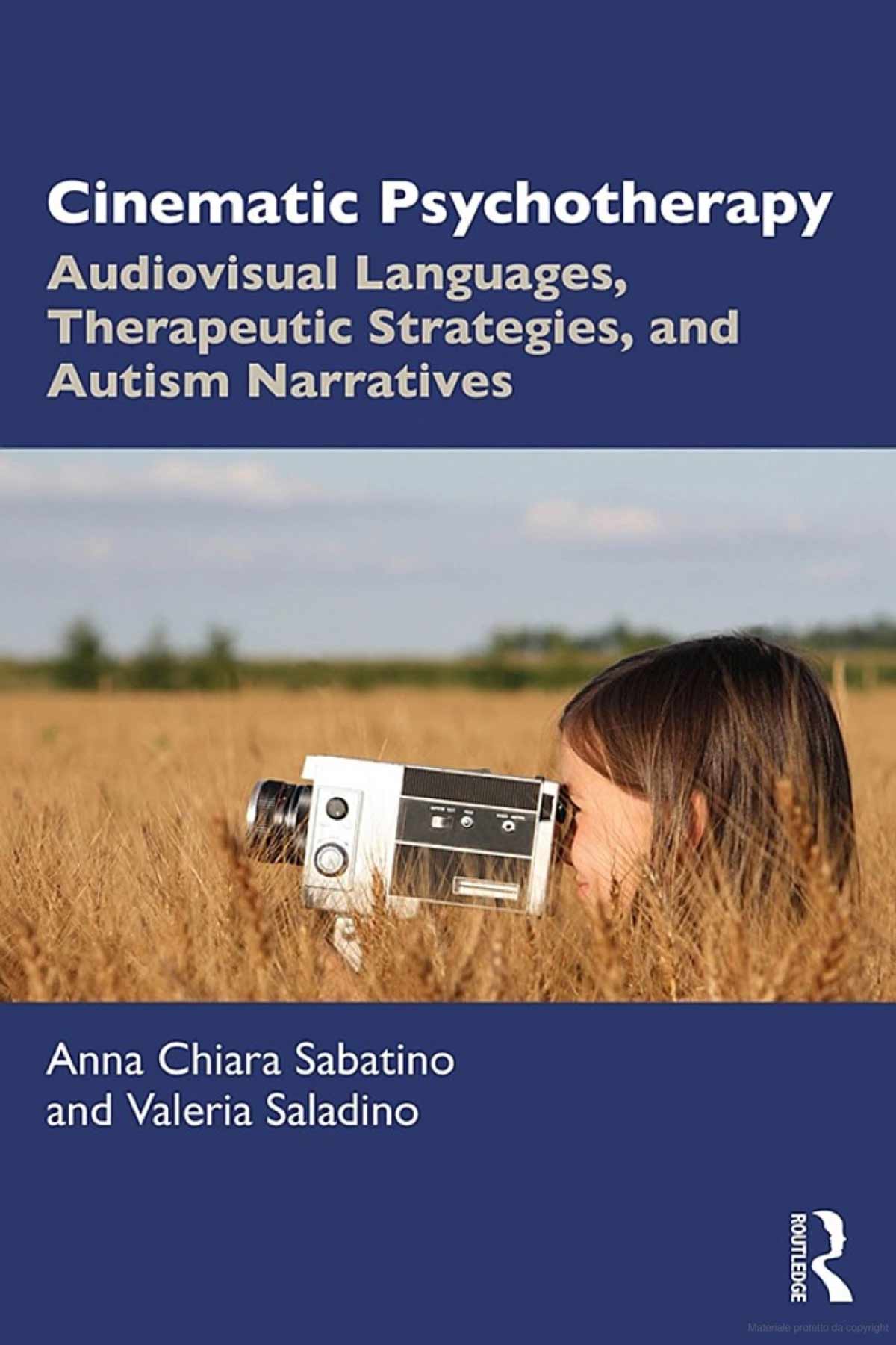
Cinematic Psychotherapy
Anna Chiara Sabatino, Valeria Saladino
In breve
This book investigates the therapeutic potential and efficacy of audiovisual languages, deepening the integration of film studies into neuropsychiatry and strategic psychotherapy.
Within a theoretical framework including documentary studies, self-representational and amateur theories, and strategic psychotherapy, the book describes the key notions and methodologies for using audiovisual language in clinical therapy practice and autism spectrum disorder (ASD) interventions. The book, a review and update of the Italian Cinema terapeutico: Linguaggi audiovisivi e percorsi clinici, showcases the healing potential of creative participatory processes and self-representations that occur thanks to the relocation and amateurization of the contemporary cinematic experience. The authors propose an experimental therapeutic protocol, Video-Pharmakon, which aims to serve as a new integrated method for taking care of children and adolescents with ASD and their families. The protocol is illustrated in its methodologies and phases and supported through case studies.
Scholars and practitioners of art therapy and narrative-based medical approaches, professionals working with clients with ASD, and any other student or professional interested in ASD, psychotherapy, and film studies will find this a valuable resource for current practice and future research interventions.
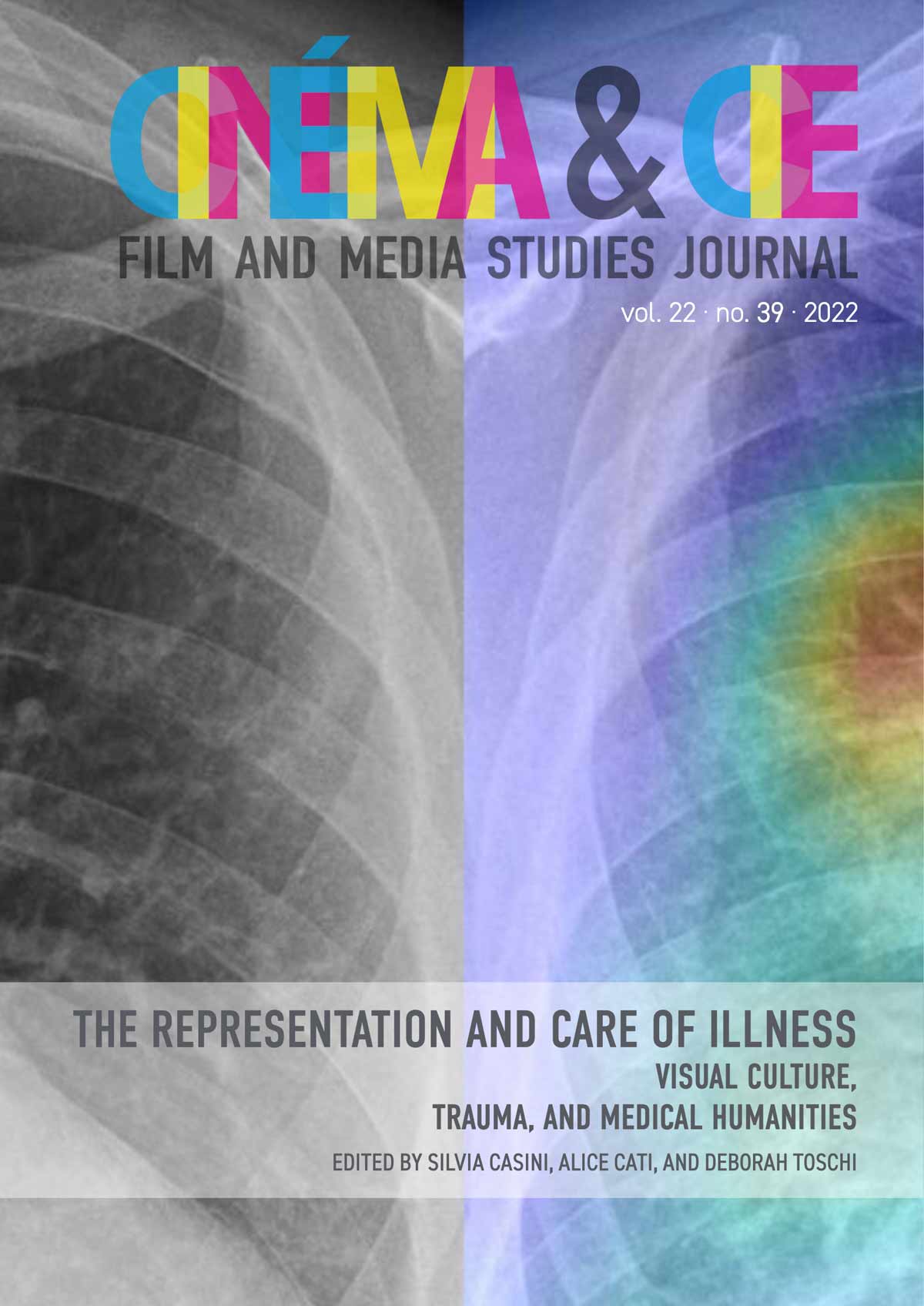
Audiovisual Means to Therapeutic Ends. The Cinematic Dispositive within Medical Humanities
Anna Chiara Sabatino
In breve
Dominant narratives across Medical Humanities have been focused on the cultural construction of the notion of medicine as epistemic discourse and social practice, on the role of humanities in medical design of the disease as well as on the humanization of the clinical encounter in order to facilitate the anamnesis, the therapy and the care. The essay aims at investigating the therapeutic set as performative and methodological model, consistent with art-therapy and narrative-based medical approaches, applicable in specific pathological conditions and health-care contexts.
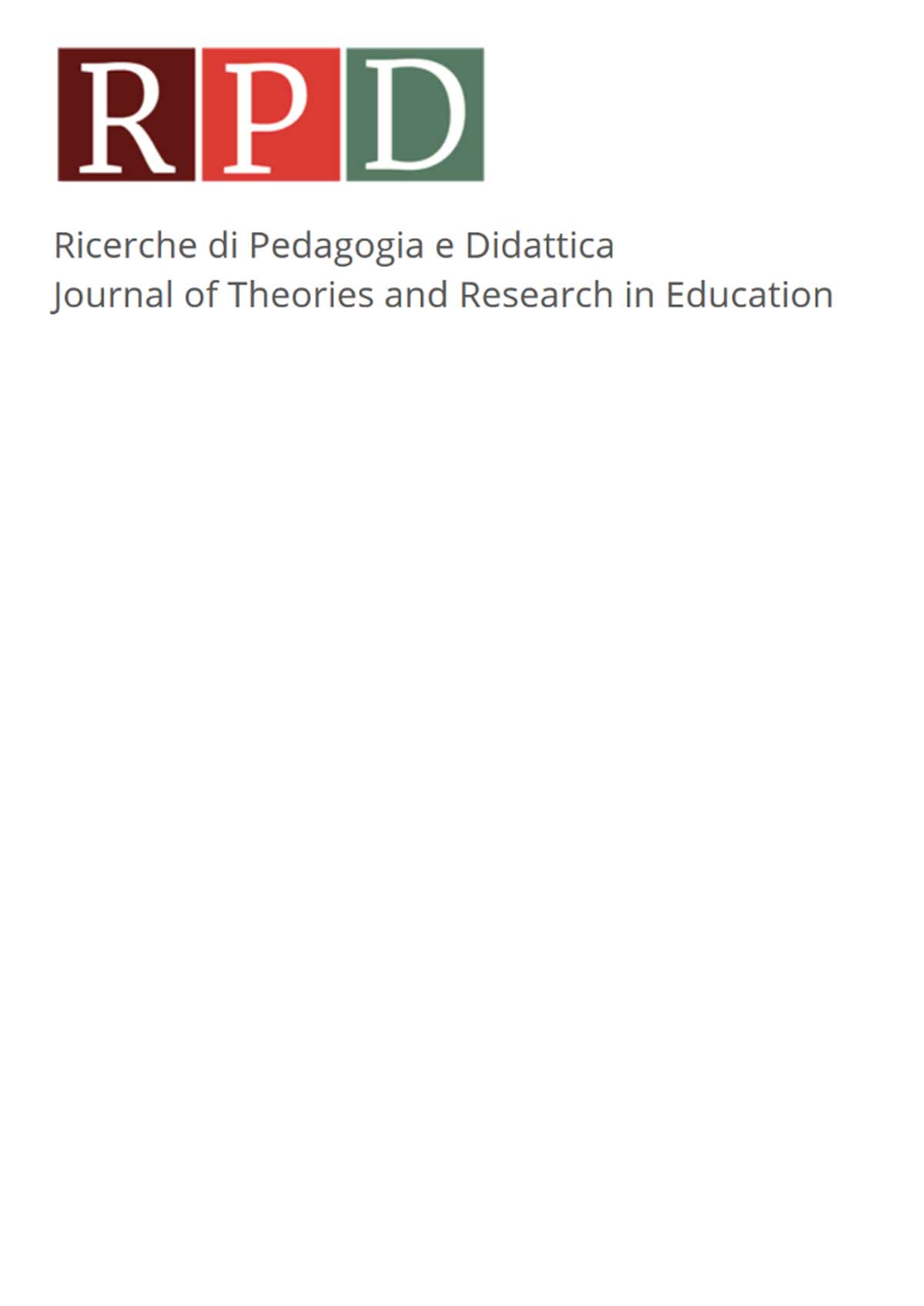
Therapeutic filmmaking and Autistic Spectrum Dysorder. A case study
Valeria Saladino, Anna Chiara Sabatino, Caterina Maria Sola
In breve
Therapeutic filmmaking is a tool useful in the educational and therapeutic sphere to increase and develop social and relational skills among children and adolescents with autism spectrum disorder (ASD). Recent researches show the effectiveness of audiovisual tools and of arts therapies in managing dysfunctional behaviors in this category of people, especially when peers are involved. The case discussed in this article is part of an experimental project which aims to promote the support of minors with ASD through audiovisual tools. We will illustrate the use of therapeutic filmmaking in a couple of ASD adolescents and their main behavioral changes in order to promote new types of intervention not only based on changing dysfunctional behaviors but also on the identity development and on the strengths of the minor with ASD, through creativity and peers’ relationships
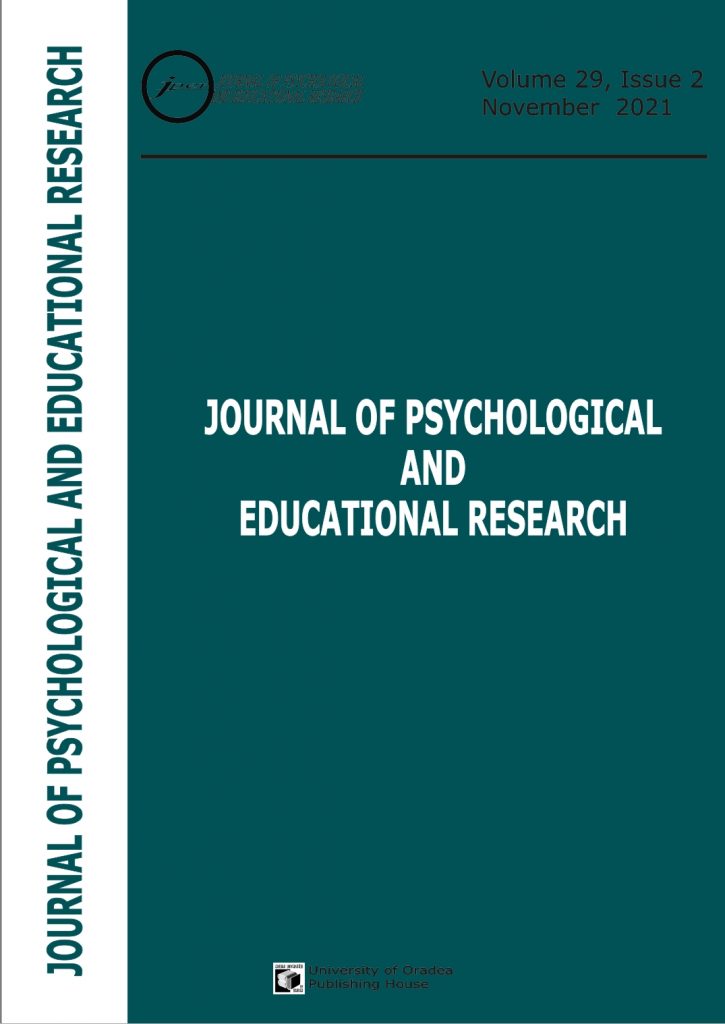
THERAPEUTIC FILMMAKING, STRATEGIC
PSYCHOTHERAPY AND AUTISM SPECTRUM
DISORDER: AN INTEGRATED APPROACH
Anna Chiara Sabatino, Grazia M.G. Pastorino, Valeria Saladino, Filippo Fimiani, Filippo Petruccelli, Valeria Verrastro, Francesca Felicia Operto, Giangennaro Coppola
In breve
The experimental protocol presented in this paper aims to explore the potential agency of cinematic dispositive and moving images as part of the therapeutic process, in particular of the strategic approach, in supporting children and adolescents with Autism Spectrum Disorder (HFASD Level 1, DSM-5) and their families. The protocol illustrates the methodological integration of the Strategic Psychotherapy approach, parent training, and the following audiovisual techniques: Therapeutic Filmmaking; Cinematherapy; Documentary Videotherapy. This methodological integration guarantees a narrative and patient-centered-approach, in which the participants (children and families) are actively involved in the creative therapeutic process. The research protocol described aims to (a) enhancing social, relational skills and self-representation in youths with ASD; (b) helping the family system to manage stress and to improve educational strategies to promote positive children’s behavior and psychological well-being.
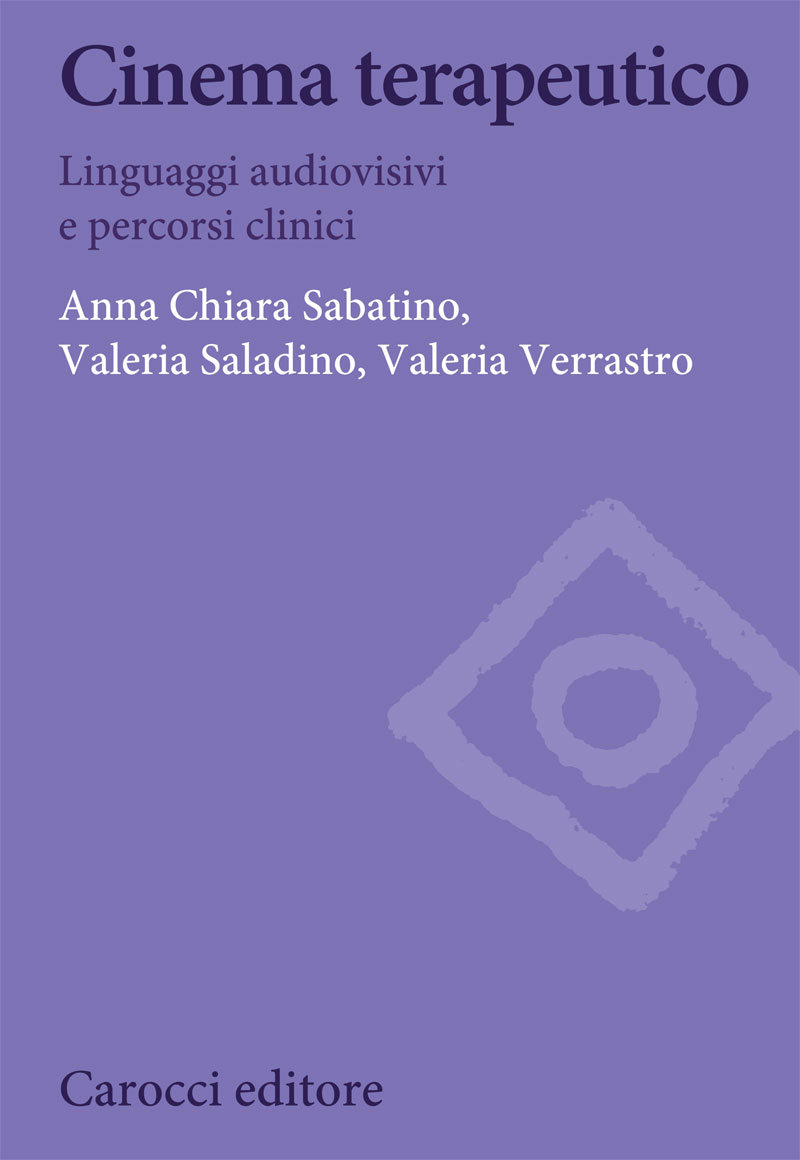
Cinema terapeutico
Anna Chiara Sabatino, Valeria Saladino, Valeria Verrastro
In breve
Se la letteratura sull’agentività delle immagini ha ampiamente discusso le influenze del dispositivo cinematografico sullo spettatore, quella sulle Medical Humanities sta indagando gli effetti della narrazione sul paziente e sui suoi percorsi curativi. Dall’una e dall’altra muove il volume, che esplora le potenzialità terapeutiche della fruizione e della produzione audiovisiva, autonarrativa, amatoriale e partecipata, nell’ambito del trattamento di specifiche condizioni patologiche. Nel segno di un’integrazione disciplinare e sperimentale tra psicoterapia strategica, estetica e teorie dei linguaggi audiovisivi, Cinema terapeutico traccia un inedito e articolato percorso, insieme metodologico e operativo, sul potere curativo delle immagini filmiche.
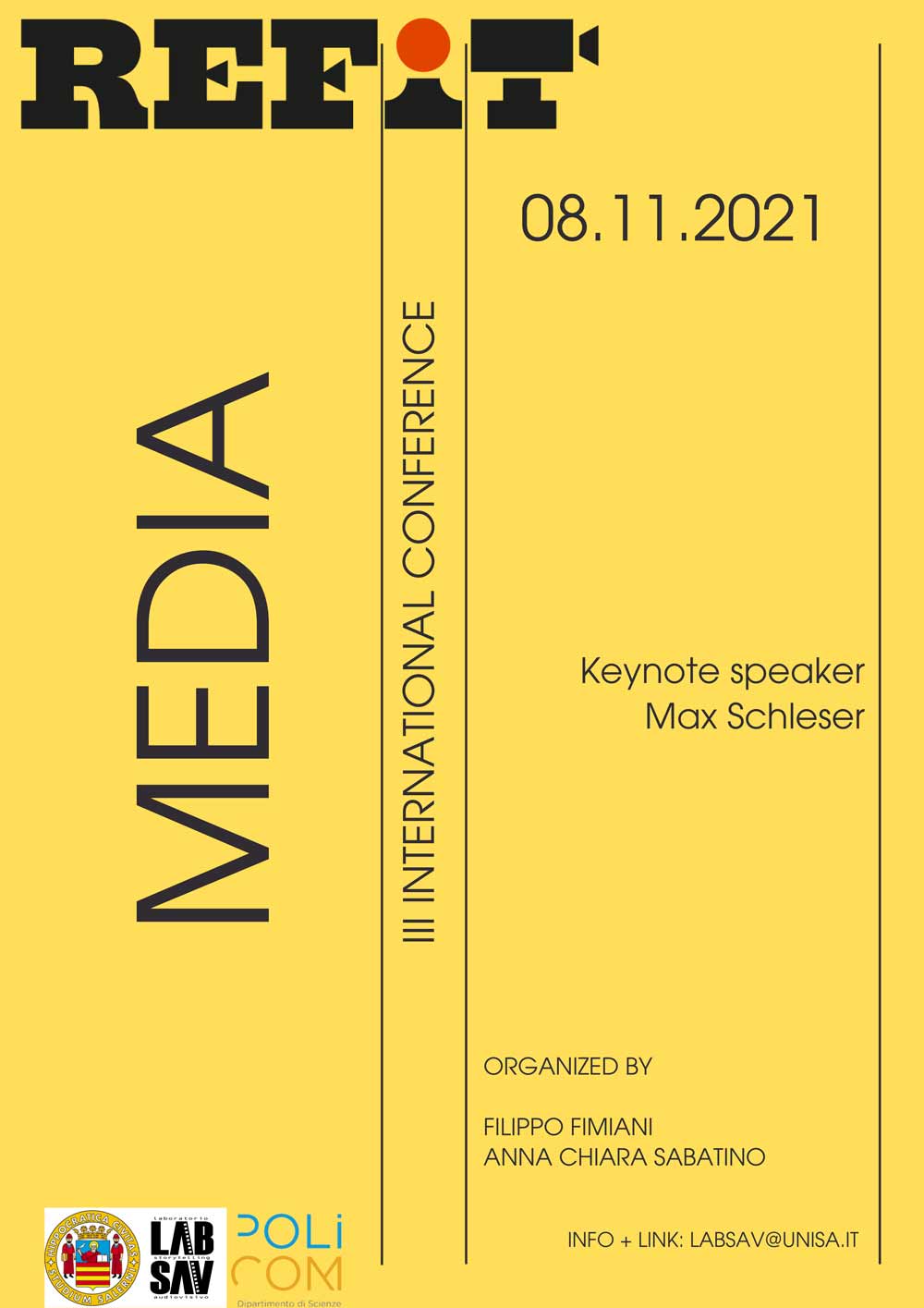
II CONFERENZA INTERNAZIONALE REFIT – CARE

Filmmaking and video as therapeutic tools: Case studies on autism spectrum disorder
Valeria Saladino, Anna Chiara Sabatino, Chiara Iannaccone, Grazia Maria Giovanna Pastorino, Valeria Verrastro
In breve
Previous researches on Autism spectrum disorder (ASD) show the difficulty in supporting and taking care of these individuals, especially during adolescence. In our study a psychotherapist and a director involve two couples of ASD participants both adolescents in a therapeutic filmmaking and cinematherapy project, building their personal short film of which are both directors and main characters of the story, through a “peer buddy” approach. Unlike other researches which used video as an imitative tool, this study aims to engage the participants in an audiovisual creative process as a means to express and represent themselves through a shared experience.
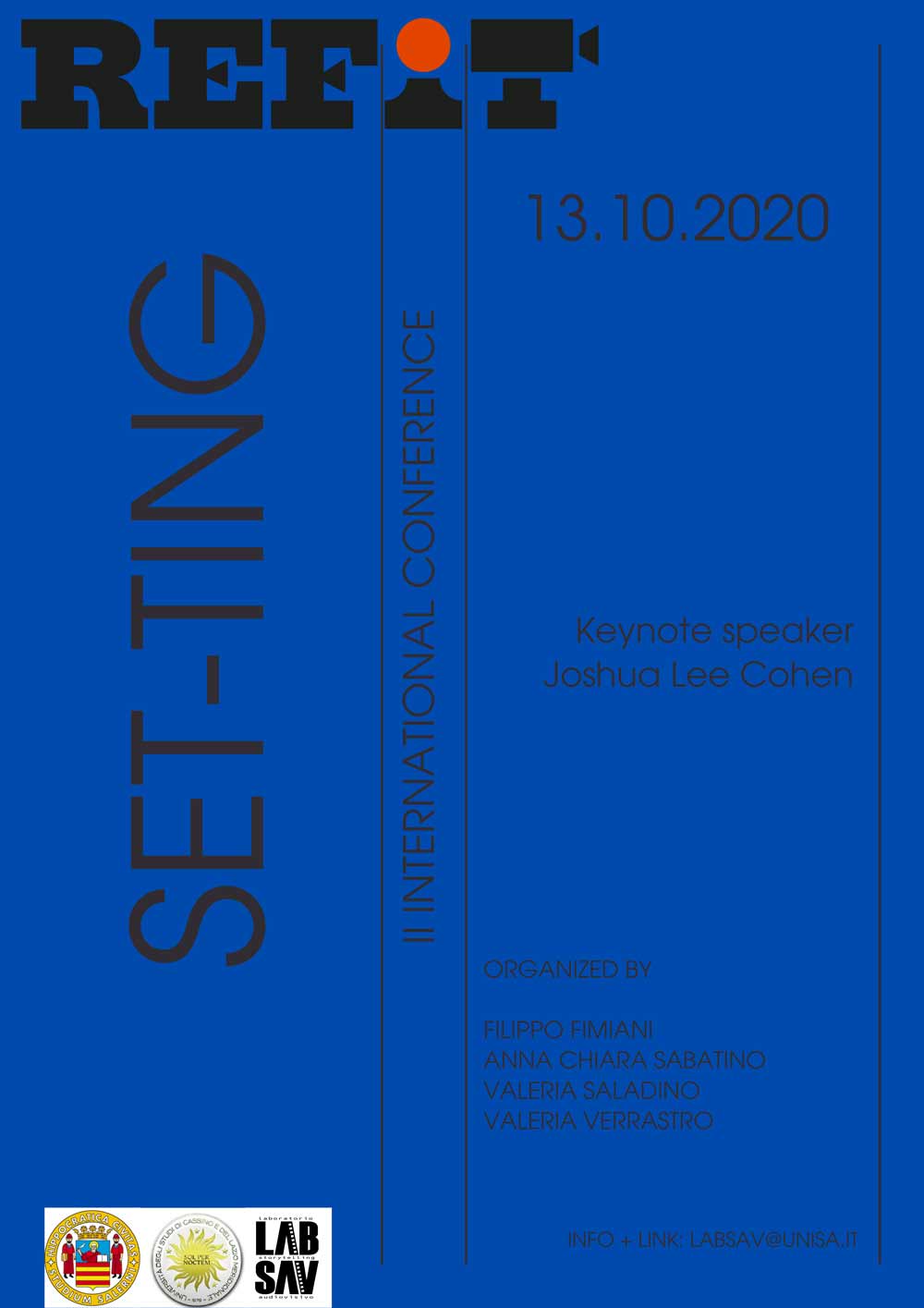
II conferenza internazionale Refit – Care
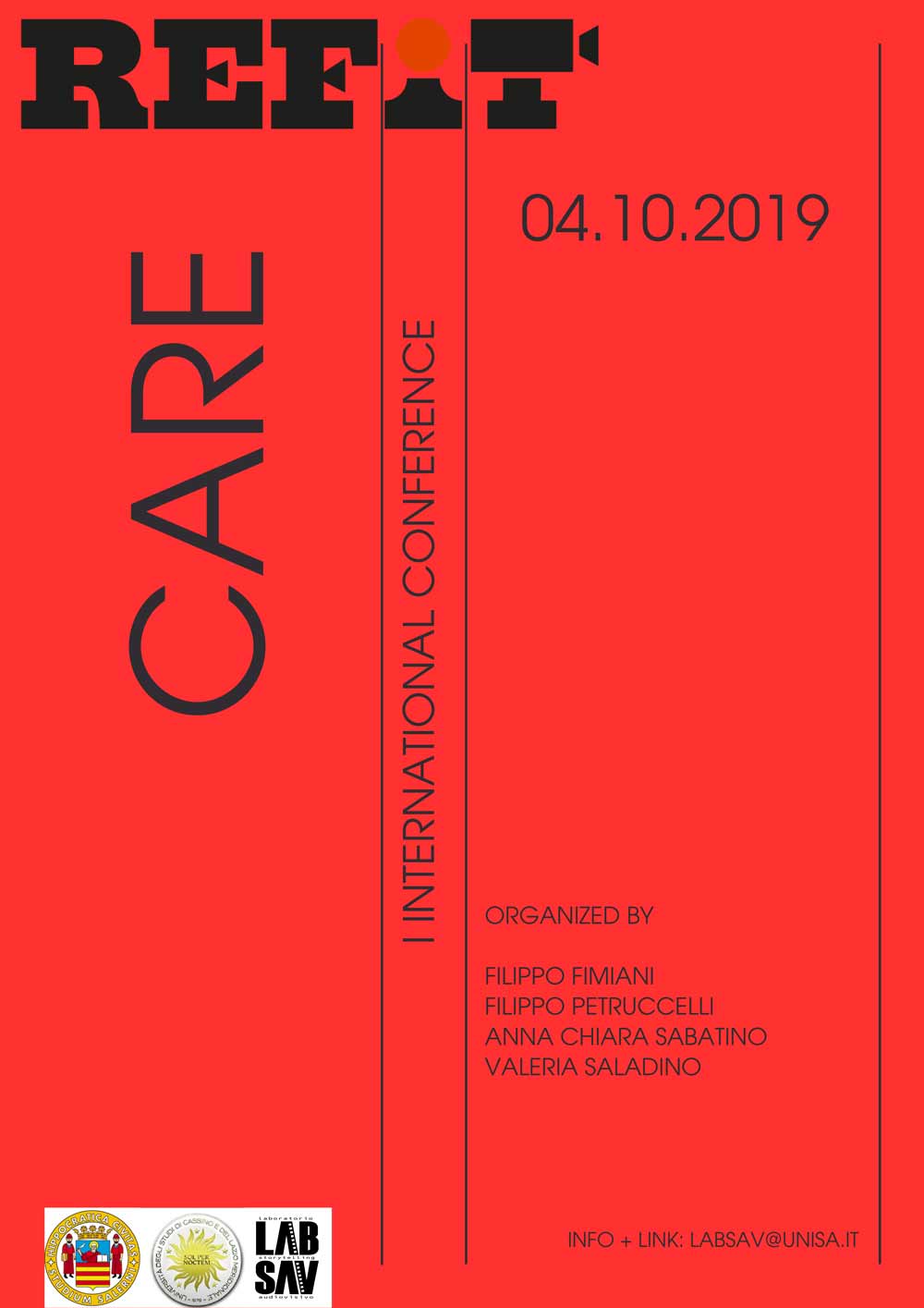
I conferenza internazionale Refit – Care

DALLA CINEMATERAPIA AL THERAPEUTIC FILMMAKING: LINGUAGGIO AUDIOVISIVO E PSICOTERAPIA
Valeria Saladino, Anna Chiara Sabatino
In breve
La psicoterapia ad approccio strategico vede fra le sue principali caratteristiche la flessibilità e l’integrazione di diverse modalità d’intervento, tra cui le tecniche arte-terapeutiche che consentono al paziente, all’interno di un setting co-costruito tramite l’uso del video, di intervenire sulla patologia superando, in tal modo, le resistenze che caratterizzano la psicoterapia tradizionale.
